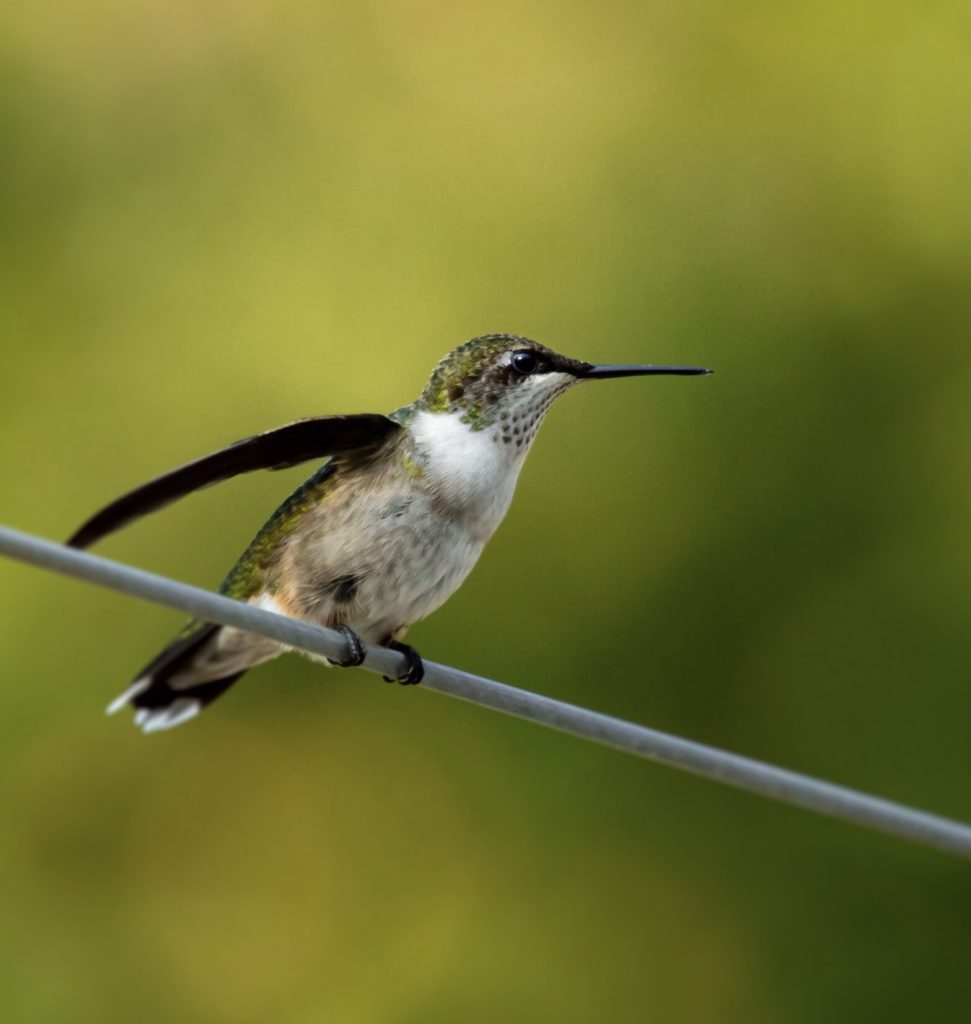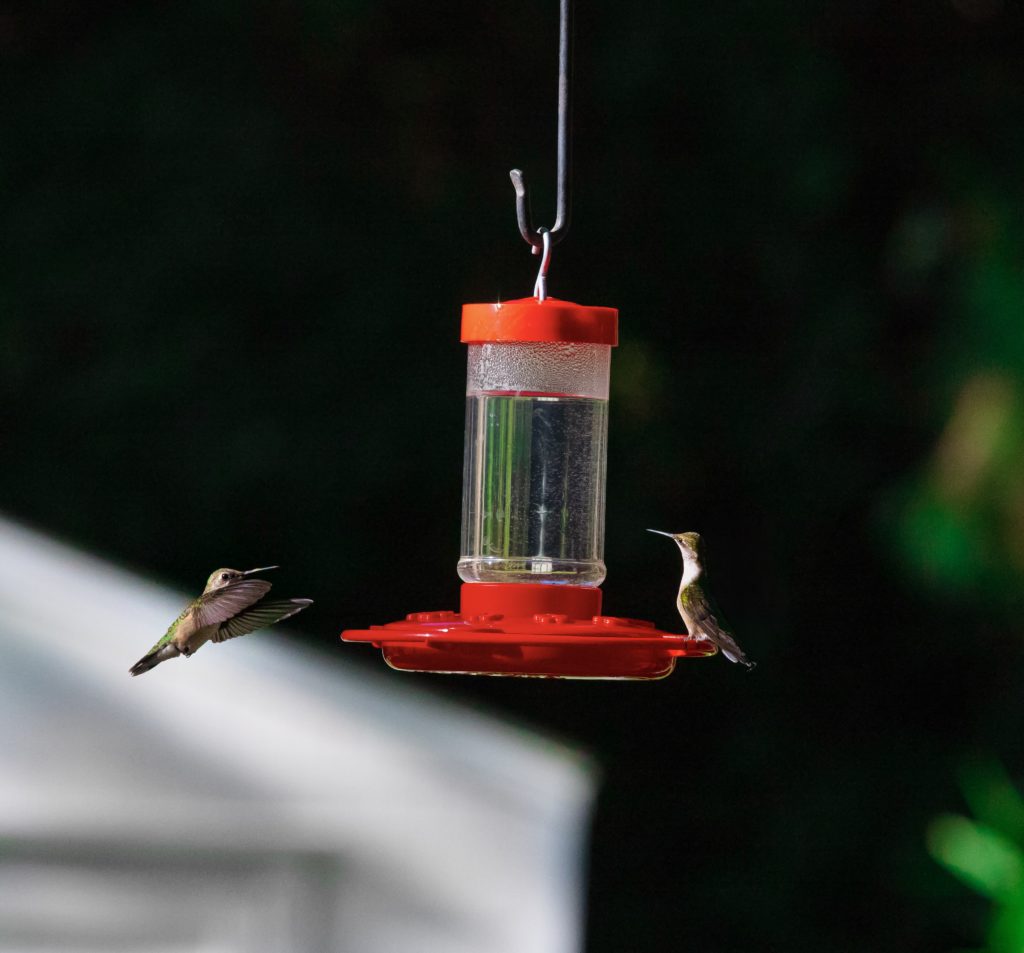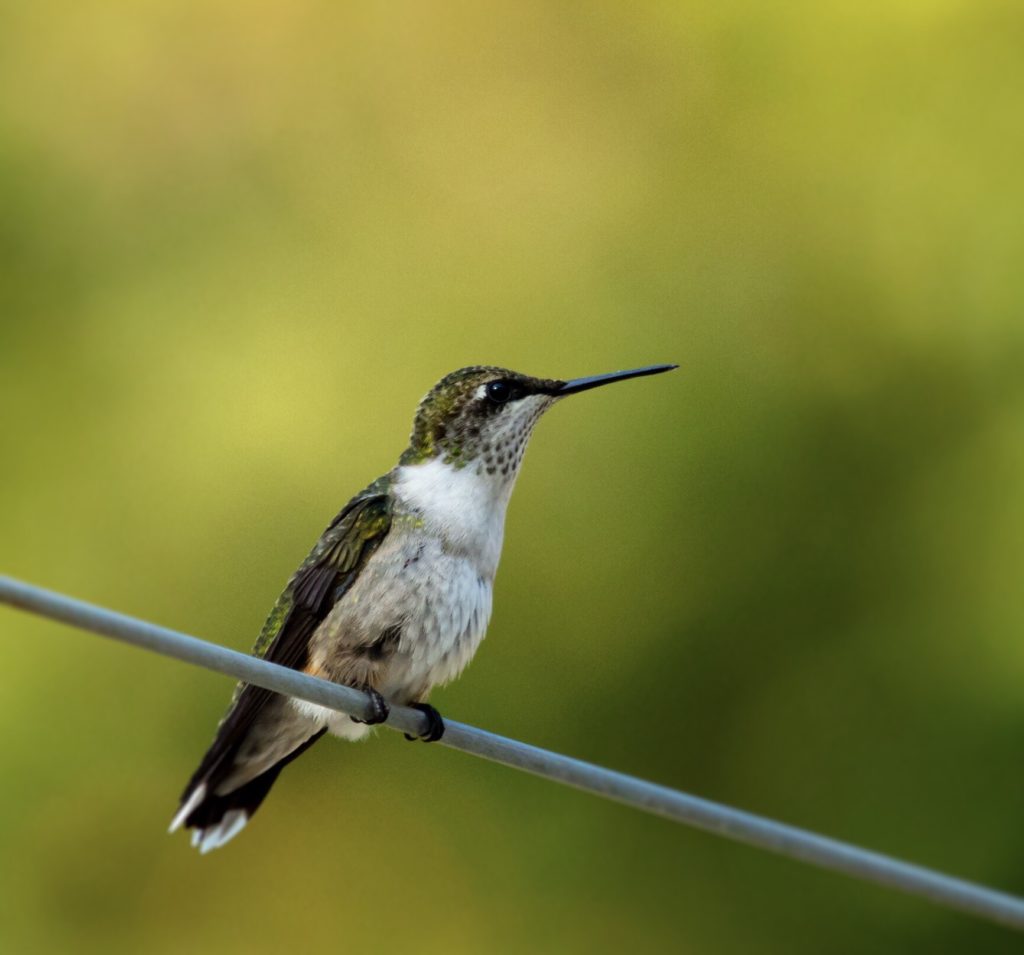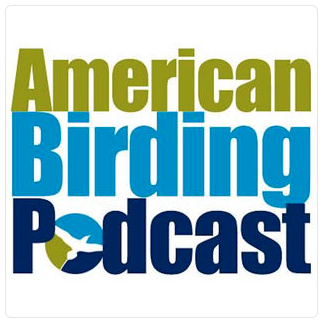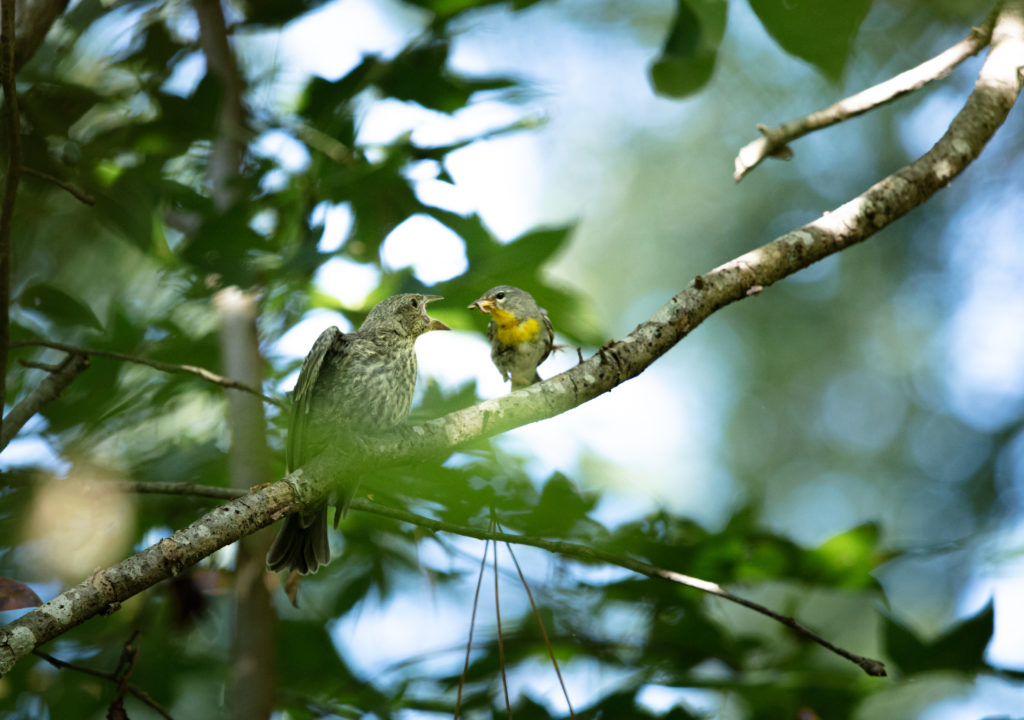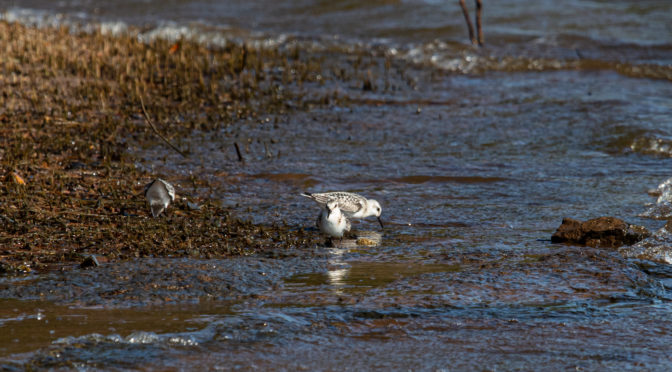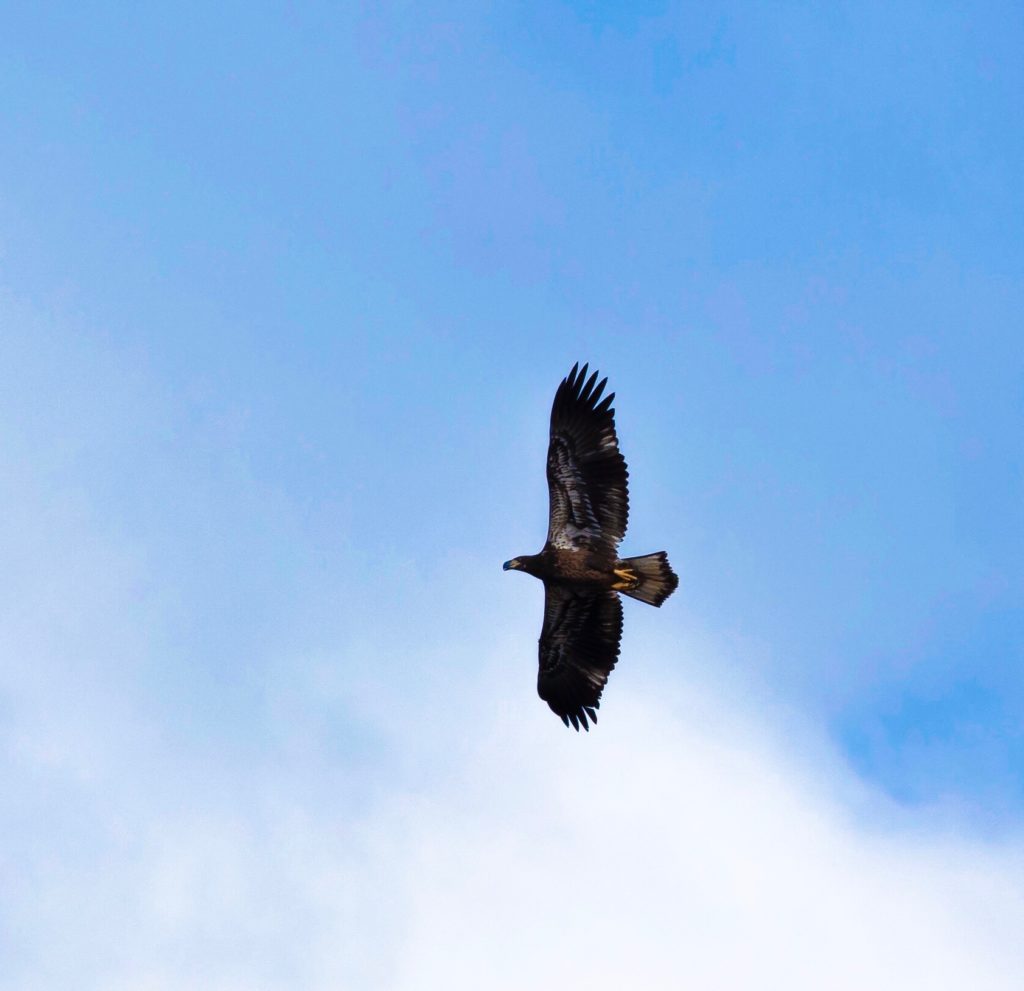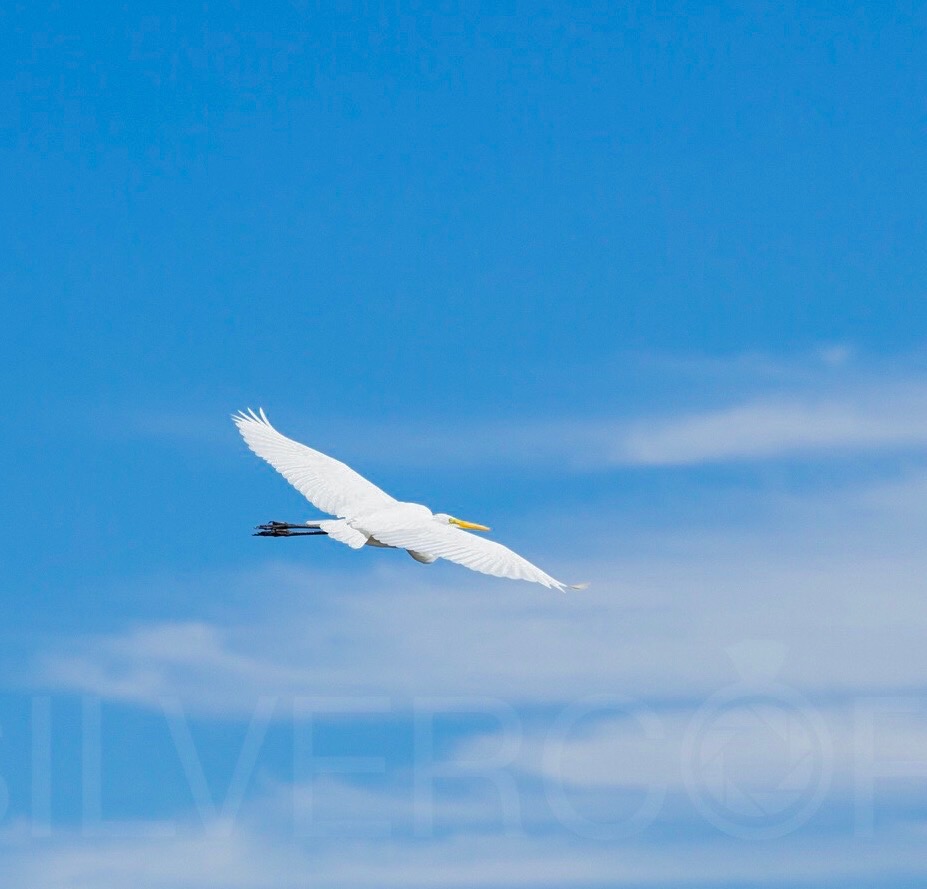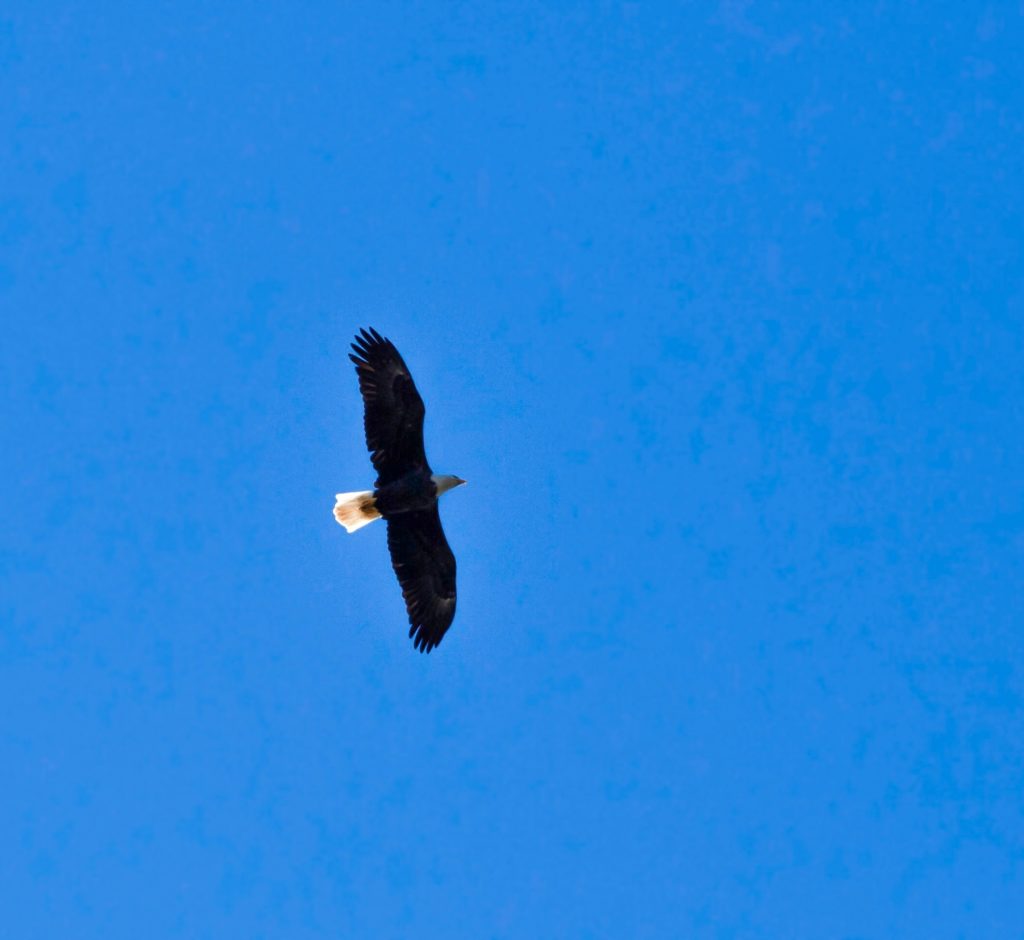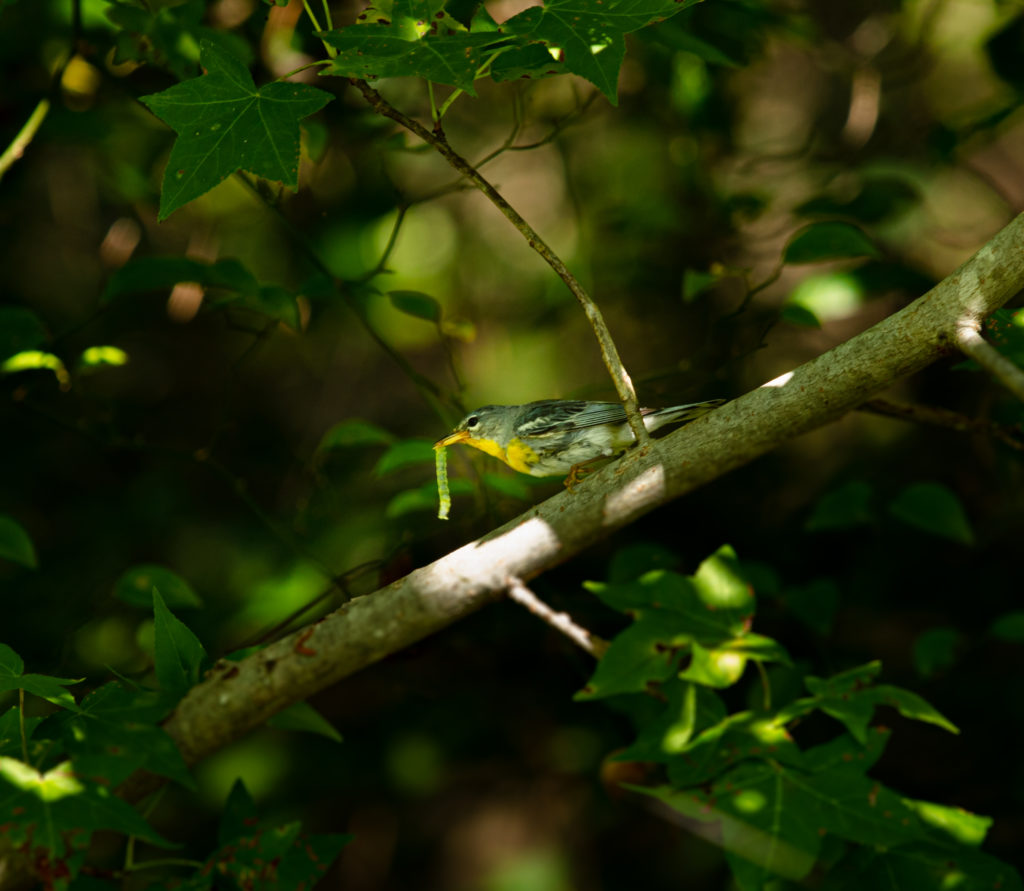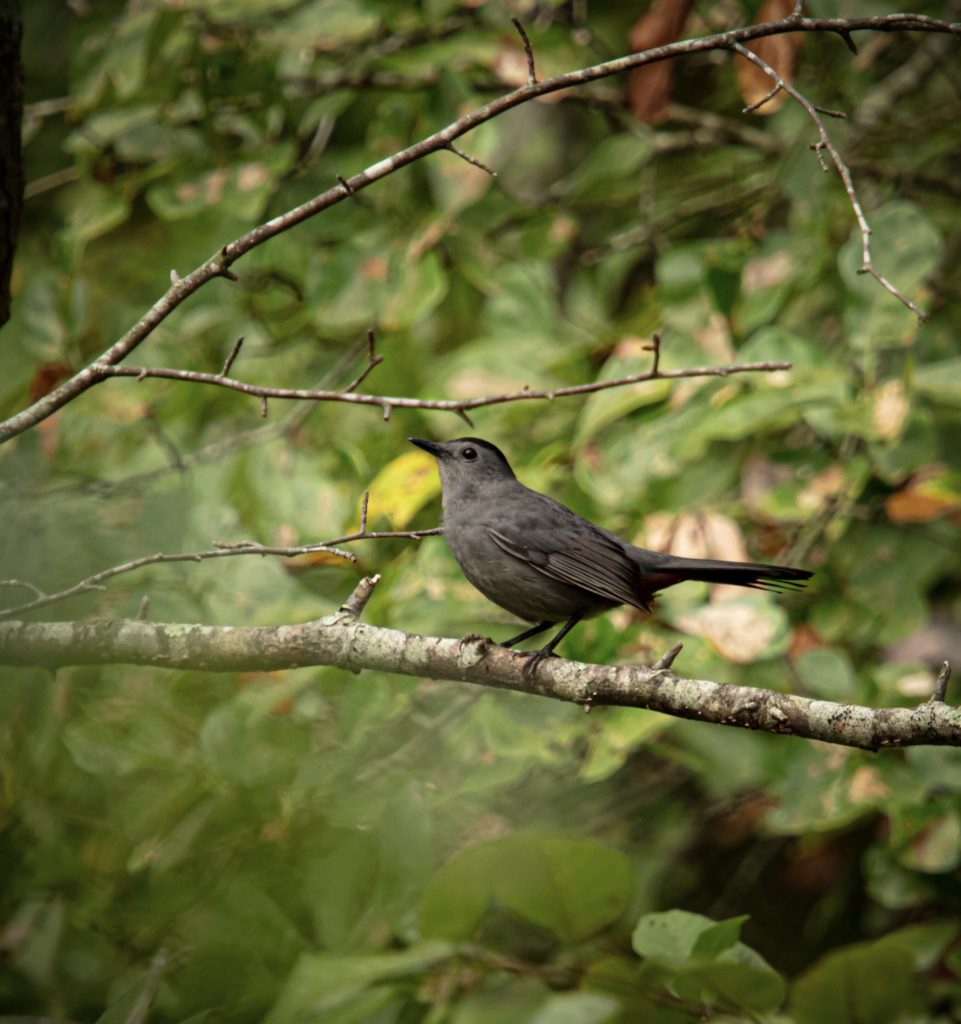
One of my favorites, the Gray Catbird!
I spotted a few of them while birding at Yates Mill County Park in Raleigh, N.C. recently. These secretive birds are often heard, but not seen when walking along the trail. Normally they stick to hanging out in the shadows of dense brushy undergrowth which makes getting a proper view of one a bit difficult at times.
Was stoked to get a clean photo of this beauty before he disappeared back into the shade!
In
addition to Catbirds, I also documented 16 other species (including a
lifer of white-eyed Vireo) in the span of about 90 minutes walking
around the Park.
Here’s my eBird list of what I saw… Yates Mill County Park
Oct 1, 2019
8:00 AM
Stationary
90 Minutes
All birds reported? Yes
Comments: Submitted from eBird for iOS, version 1.9.5 Build 17
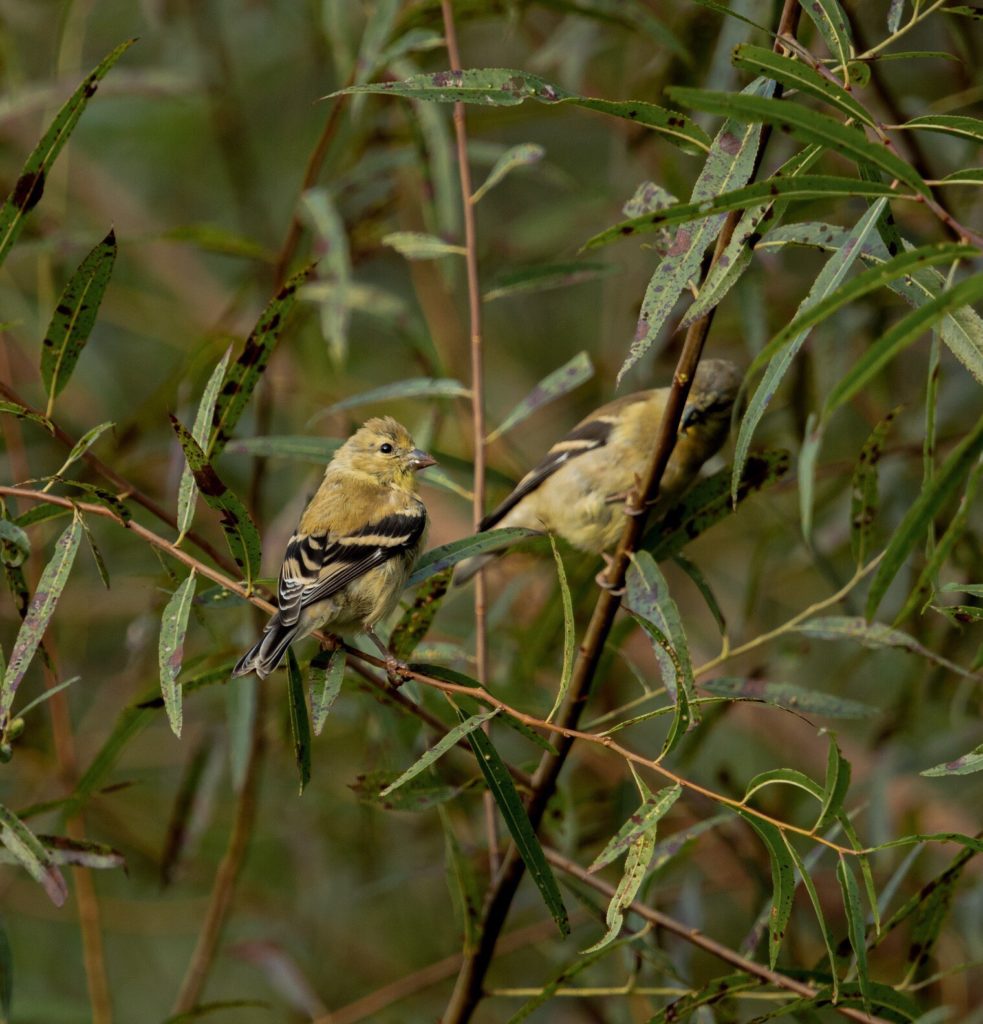
1 Great Egret
2 Turkey Vulture
1 Red-shouldered Hawk
1 Eastern Wood-Pewee
1 White-eyed Vireo
2 Blue Jay
46 American Crow
5 Carolina Chickadee
4 Tufted Titmouse
4 Gray Catbird
2 Brown Thrasher
3 American Goldfinch
2 Song Sparrow
7 Common Yellowthroat
4 American Redstart
3 Northern Cardinal
2 Indigo Bunting
Number of Taxa: 17
Not a bad morning! 😃
Btw, are you new to using eBird or want to learn how this listing system is used?
Here’s a helpful post to get you started!
https://www.audubon.org/news/how-use-ebird
Happy birding!
Photo by @sally_siko
Canon 5Ds

